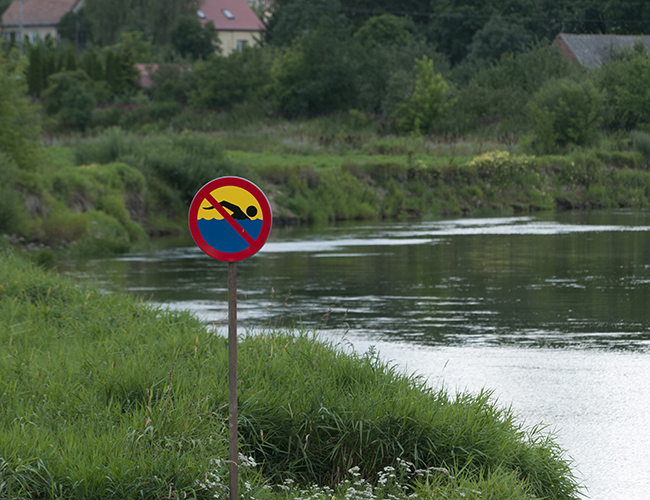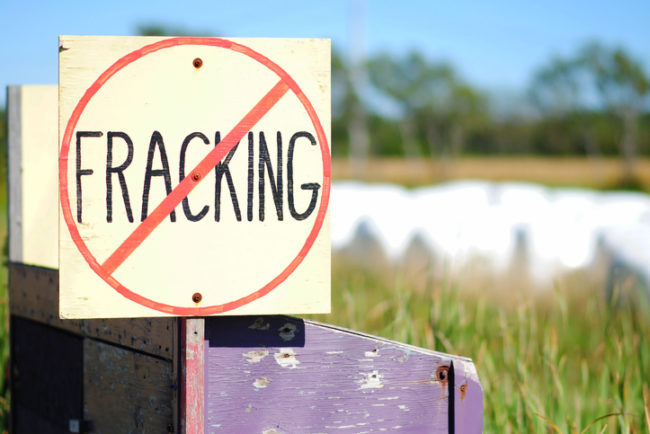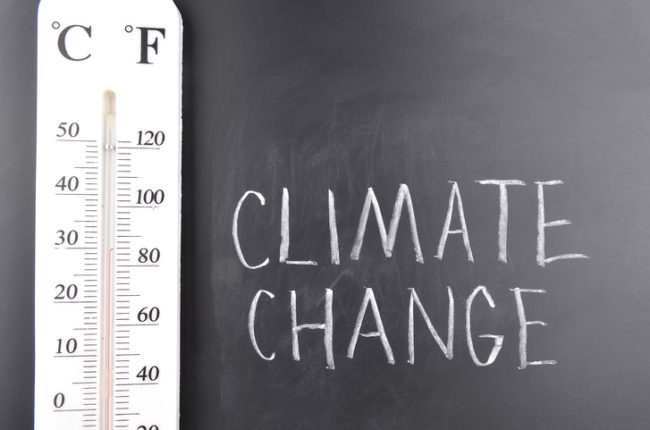Three paint manufacturers who have been in a tug-of-war with several California counties regarding potential liability for lead paint resorted to a state balloting process to shift the potential exposure. The battle started to intensify earlier this year when the California Supreme Court declined to review a 2014 state appeals court ruling that held manufacturers Sherwin-Williams Co., NL Industries Inc. and ConAgra Grocery Products Co. liable for $1.15 billion dollars in costs associated with remediation of lead paint in housing built before 1951 in California, …
Continue Reading









